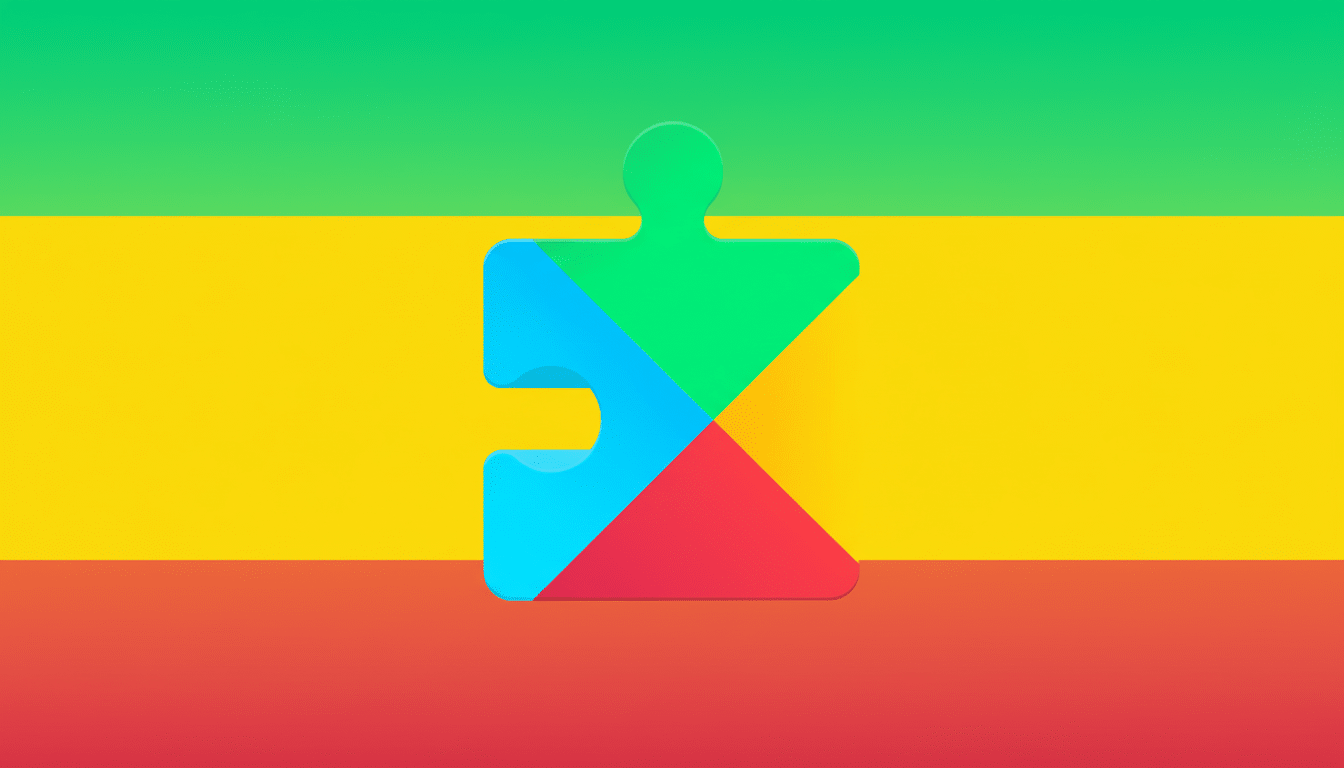Android is quietly getting ready for a NameDrop-esque contact sharing feature, where users can swap details between phones with a quick, physical gesture. Internal labels reference both “Gesture Exchange” and “Contact Exchange,” and pre-release versions discovered in Google Play Services show a clean UI, NFC elements, and fine-grained privacy controls that sound like Apple 🙄 but are commensurate with its own take, leaning into Android’s advantages.
What the early build offers in current Play Services betas
Strings within recent Google Play Services betas make mention of “gestureexchange” as well as NDEF (an acronym for NFC Data Exchange Format). In v25.46.31, you can unhide a ContactExchangeActivity, surfacing the first-run screens. The opening panel allows you to specify exactly what you want to share — photo, phone number, and email — or “Receive only,” if the idea of taking someone else’s card without revealing your own appeals.
- What the early build offers in current Play Services betas
- How the feature likely works under the hood on Android
- Privacy and control are front and center for contact sharing
- Branding and rollout clues from Google’s internal builds
- Why this matters now for Android and cross-platform sharing
- The bottom line on Google’s gesture-based contact sharing

Once the exchange gets rolling, a follow-up screen shows what information the other person has activated: name, number, email, and profile image (which looks like it’s about to auto-fill as your new contact photo). A Save button will write the entry to your address book, and quick actions for texting or video calling sit below. The design is stripped-down, utilitarian, and instantly recognizable if you’ve ever come across Apple’s flow.
How the feature likely works under the hood on Android
NFC seems more like the key in the ignition. The references to NDEF and the gesture-activated handshake certainly make it sound like a tap or near-tap initiates the handshake. From there, Android could keep the entire exchange on NFC for small payloads, while falling back to Bluetooth Low Energy or Wi‑Fi for faster transfer of richer assets like profile photos — much like how Nearby Share starts out pairing over BLE and then upgrades the link.
That would be a more modern successor to Android Beam, Google’s feature that worked through NFC taps, which fell off as file sizes and the things users wanted to do with files surpassed its capabilities. By combining NFC’s intention signaling with higher-throughput radios, Gesture Exchange can retain the delightful “just bring phones together” experience while being applicable to today’s media-rich contact cards.
Privacy and control are front and center for contact sharing
Crucially, the flow is permission-forward. You decide what to share every time, including an explicit “Receive only” option for when you want to catch up on tweets later but not follow a bunch of new people. That’s in line with the way Apple’s NameDrop feature behaves and with Google’s newfound focus on identity controls within its Contacts app and Phone app, which have added features like Calling Cards for customized caller ID visuals.
NFC’s low range is a feature, not a bug, to prevent accidental transfers in close quarters. Look for other guardrails — device-level toggles, on-screen confirmations, and maybe even enterprise management controls for work phones. If Google extends this throughout its stack, a wearable tie-in via Wear OS feels likely — matching the iPhone and Apple Watch combo — though there’s nothing in existing code to suggest that so far.

Branding and rollout clues from Google’s internal builds
Its internal names (Gesture Exchange and Contact Exchange) sound like the sort of engineering placeholders that typically end up as genuinely irreducible proper nouns.
Google typically puts consumer-friendly branding closer to launch, then distributes the capabilities via Play Services so they hit hundreds of millions of devices without a full OS upgrade. Given dependencies of the feature, it could be anything from Android 10 and up that might come within scope, but no definite requirements are known yet.
Since this is in Play Services, it can be iterated on super fast and goes to every app-installing user very quickly once ready. That also paves the way for deeper integration within Google Contacts, the Phone app, and Quick Settings or a lock-screen prompt for quick access at events or meetups.
Why this matters now for Android and cross-platform sharing
Apple’s NameDrop has made us think it should be as easy to part with a number as a handshake. Mixpanel has been watching iOS 17 adoption at over 75%, so the habits are already spreading throughout the iPhone base. By bringing the same experience to Android, we’re able to clear out a small bit of friction for individuals everywhere — from university campuses to conferences.
The scale potential is enormous. Google has said there are more than 3 billion active Android devices worldwide, and StatCounter generally puts Android at approximately the 70% threshold for global mobile OS share. If we all do it enough, even little adoption could thrust gesture-based contact swapping into the default when two people meet, a far better option than clunky QR swaps or manual typing.
The bottom line on Google’s gesture-based contact sharing
It’s Android’s still-in-development NameDrop sidekick, with a sleek UI, all the NFC radio beep-beeps, and privacy feel-right toggles. The pieces — gesture initiation, selective sharing, instant save — are already there if you root around Play Services test builds. It’s just branding, cross-app placement, and the final transmission of images. If history is any guide, Google will iterate fast and quietly roll this feature out to compatible phones, transforming a clever demo into an everyday gesture millions of people make without even thinking.

